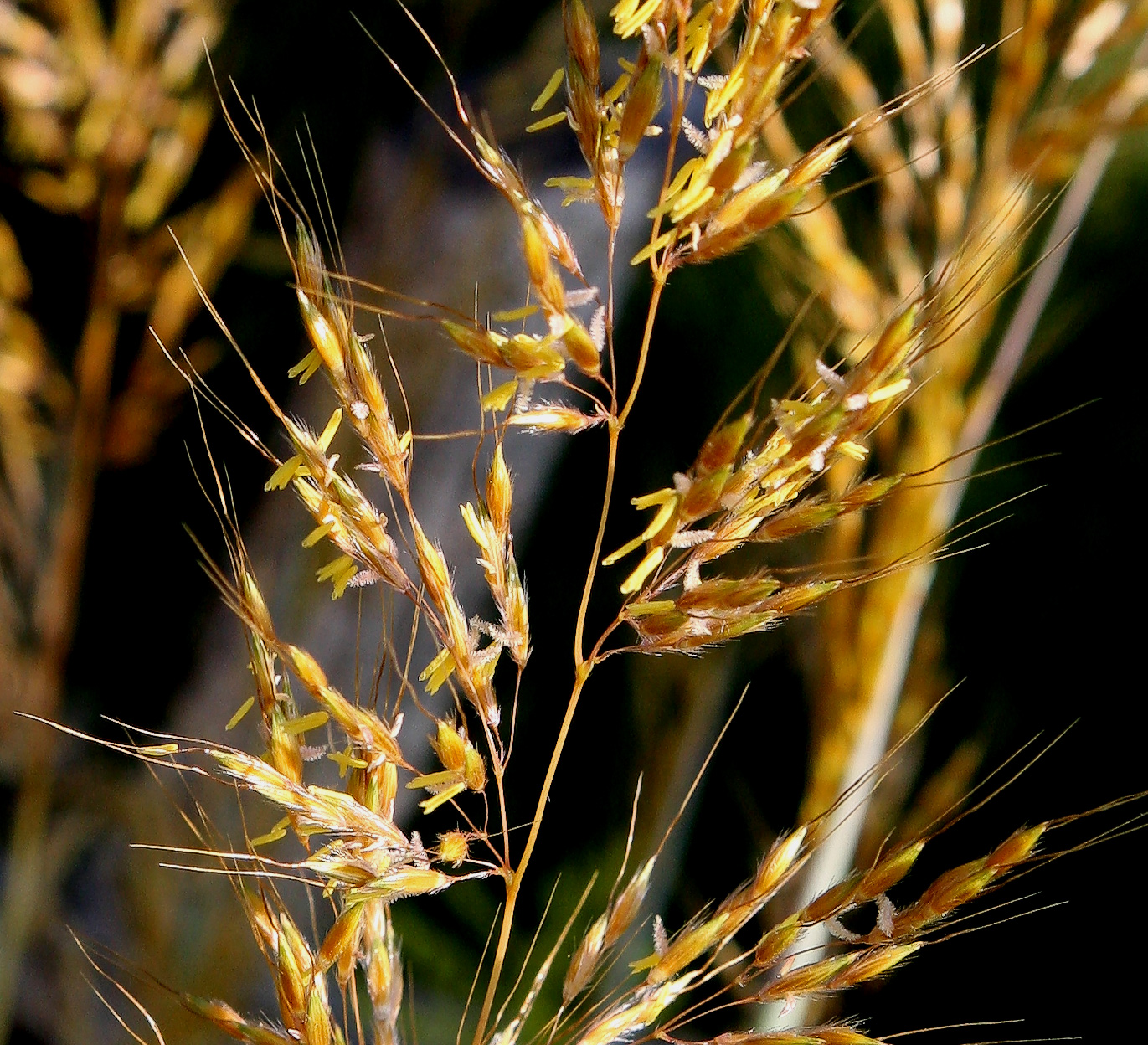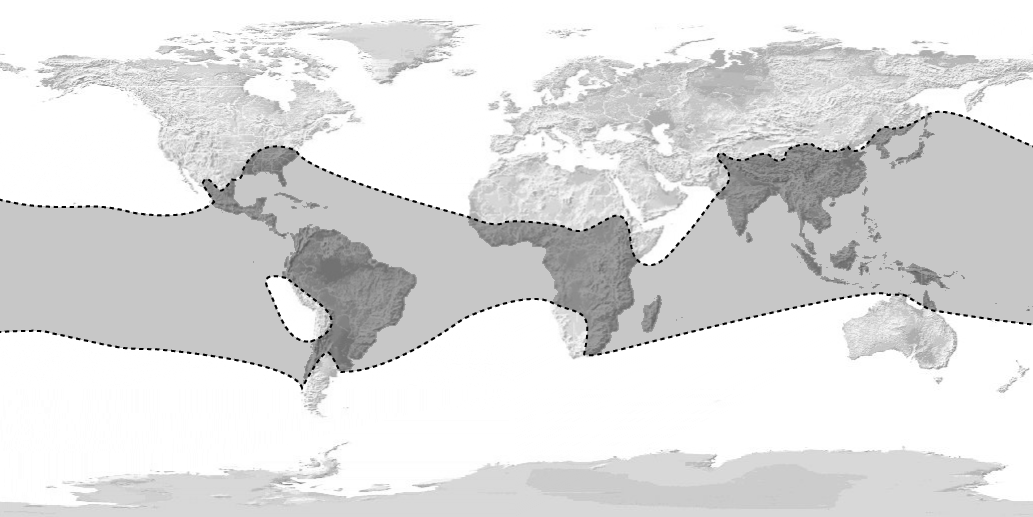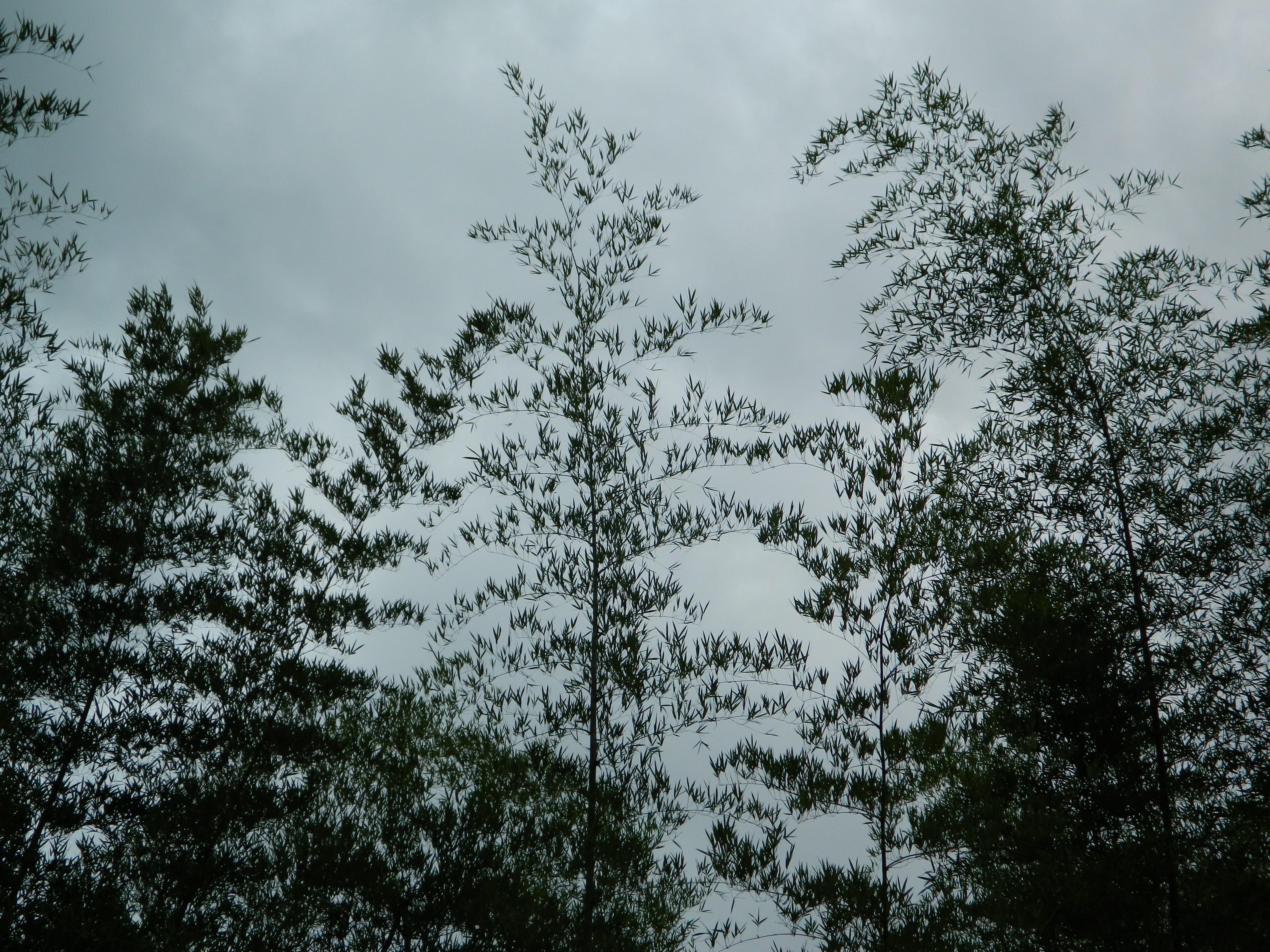|
Oryzoideae
Oryzoideae ( syn. Ehrhartoideae) is a subfamily of the true grass family Poaceae. It has around 120 species in 19 genera, notably including the major cereal crop rice. Within the grasses, this subfamily is one of three belonging to the species-rich BOP clade, which all use C3 photosynthesis; it is the basal lineage of the clade. It contains four tribes and one genus of unclear position (incertae sedis): '' Suddia'' (thought likely to be in the tribe Phyllorachideae). Phylogenetic analyses have resolved the branching order of these clade In biology, a clade (), also known as a Monophyly, monophyletic group or natural group, is a group of organisms that is composed of a common ancestor and all of its descendants. Clades are the fundamental unit of cladistics, a modern approach t ...s within the subfamily: References Poaceae subfamilies Taxa named by Carl Sigismund Kunth {{Poaceae-stub ... [...More Info...] [...Related Items...] OR: [Wikipedia] [Google] [Baidu] |
Oryzoideae
Oryzoideae (synonym (taxonomy) , syn. Ehrhartoideae) is a subfamily of the true grass family (biology) , family Poaceae. It has around 120 species in 19 genera, notably including the major cereal crop rice. Within the grasses, this subfamily is one of three belonging to the species-rich BOP clade, which all use C3 photosynthesis , C3 photosynthesis; it is the Basal (phylogenetics) , basal lineage of the clade. It contains four tribes and one genus of unclear position (incertae sedis): ''Suddia'' (thought likely to be in the tribe Phyllorachideae). Phylogenetic analyses have resolved the branching order of these clades within the subfamily: References Oryzoideae , Poaceae subfamilies Taxa named by Carl Sigismund Kunth {{Poaceae-stub ... [...More Info...] [...Related Items...] OR: [Wikipedia] [Google] [Baidu] |
BOP Clade
The BOP clade (sometimes ''BEP clade'') is one of two major lineages (or clades) of undefined taxonomic rank in the grasses (Poaceae), containing more than 5,400 species, about half of all grasses. Well-known members of this clade include rice, some major cereals such as wheat, barley, oat, and rye, many lawn and pasture grasses, and bamboos. Its sister group is the PACMAD clade; in contrast with many species of that group who have evolved C4 photosynthesis, the BOP grasses all use the C3 photosynthetic pathway. The clade contains three subfamilies from whose initials its name derives: the bamboos (Bambusoideae); Oryzoideae (syn. Ehrhartoideae), including rice; and Pooideae, mainly distributed in temperate regions, with the largest diversity and important cereal crops such as wheat and barley. Oryzoideae is the earliest-diverging lineage, sister A sister is a woman or a girl who shares parents or a parent with another individual; a female sibling. The male counterpar ... [...More Info...] [...Related Items...] OR: [Wikipedia] [Google] [Baidu] |
Poaceae Subfamilies
Poaceae ( ), also called Gramineae ( ), is a large and nearly ubiquitous family of monocotyledonous flowering plants commonly known as grasses. It includes the cereal grasses, bamboos, the grasses of natural grassland and species cultivated in lawns and pasture. The latter are commonly referred to collectively as grass. With around 780 genera and around 12,000 species, the Poaceae is the fifth-largest plant family, following the Asteraceae, Orchidaceae, Fabaceae and Rubiaceae. The Poaceae are the most economically important plant family, including staple foods from domesticated cereal crops such as maize, wheat, rice, oats, barley, and millet for people and as feed for meat-producing animals. They provide, through direct human consumption, just over one-half (51%) of all dietary energy; rice provides 20%, wheat supplies 20%, maize (corn) 5.5%, and other grains 6%. Some members of the Poaceae are used as building materials (bamboo, thatch, and straw); others can provide a so ... [...More Info...] [...Related Items...] OR: [Wikipedia] [Google] [Baidu] |
Poaceae
Poaceae ( ), also called Gramineae ( ), is a large and nearly ubiquitous family of monocotyledonous flowering plants commonly known as grasses. It includes the cereal grasses, bamboos, the grasses of natural grassland and species cultivated in lawns and pasture. The latter are commonly referred to collectively as grass. With around 780 genera and around 12,000 species, the Poaceae is the fifth-largest plant family, following the Asteraceae, Orchidaceae, Fabaceae and Rubiaceae. The Poaceae are the most economically important plant family, including staple foods from domesticated cereal crops such as maize, wheat, rice, oats, barley, and millet for people and as feed for meat-producing animals. They provide, through direct human consumption, just over one-half (51%) of all dietary energy; rice provides 20%, wheat supplies 20%, maize (corn) 5.5%, and other grains 6%. Some members of the Poaceae are used as building materials ( bamboo, thatch, and straw); oth ... [...More Info...] [...Related Items...] OR: [Wikipedia] [Google] [Baidu] |
Rice
Rice is a cereal grain and in its Domestication, domesticated form is the staple food of over half of the world's population, particularly in Asia and Africa. Rice is the seed of the grass species ''Oryza sativa'' (Asian rice)—or, much less commonly, ''Oryza glaberrima'' (African rice). Asian rice was domesticated in China some 13,500 to 8,200 years ago; African rice was domesticated in Africa about 3,000 years ago. Rice has become commonplace in many cultures worldwide; in 2023, 800 million tons were produced, placing it third after sugarcane and maize. Only some 8% of rice is traded internationally. China, India, and Indonesia are the largest consumers of rice. A substantial amount of the rice produced in developing nations is lost after harvest through factors such as poor transport and storage. Rice yields can be reduced by pests including insects, rodents, and birds, as well as by weeds, and by List of rice diseases, diseases such as rice blast. Traditional rice polyc ... [...More Info...] [...Related Items...] OR: [Wikipedia] [Google] [Baidu] |
Streptogyneae
''Streptogyna'' is a widespread genus of tropical plants in the grass family. It is the only genus in the monotypic tribe Streptogyneae. ; Species * '' Streptogyna americana'' C.E.Hubb. - Mexico (Chiapas, Veracruz), Central America, tropical South America (Venezuela, Colombia, Peru, Ecuador, Bolivia, Brazil, Guyana, Fr Guiana, Suriname), Trinidad Trinidad is the larger, more populous island of the Republic of Trinidad and Tobago, the country. The island lies off the northeastern coast of Venezuela and sits on the continental shelf of South America. It is the southernmost island in ... * '' Streptogyna crinita'' P.Beauv. References Oryzoideae Flora of the Neotropical realm Poaceae genera Taxa named by Palisot de Beauvois {{Poaceae-stub ... [...More Info...] [...Related Items...] OR: [Wikipedia] [Google] [Baidu] |
Phyllorachideae
Phyllorachideae is a tribe in the grass family, comprising two genera. It may be better placed as a subtribe of Oryzeae Oryzeae is a Tribe (biology), tribe of flowering plants in the true grass family, Poaceae. It contains 11 genera, including both cultivated rice (''Oryza'') and wild rice (''Zizania''). Genera There are 11 genera classified in two subtribes: .... References Poaceae tribes Oryzoideae {{Poaceae-stub ... [...More Info...] [...Related Items...] OR: [Wikipedia] [Google] [Baidu] |
Bamboo
Bamboos are a diverse group of mostly evergreen perennial plant, perennial flowering plants making up the subfamily (biology), subfamily Bambusoideae of the grass family Poaceae. Giant bamboos are the largest members of the grass family, in the case of ''Dendrocalamus sinicus'' having individual stalks (Culm (botany), culms) reaching a length of , up to in thickness and a weight of up to . The internodes of bamboos can also be of great length. ''Kinabaluchloa, Kinabaluchloa wrayi'' has internodes up to in length. and ''Arthrostylidium schomburgkii'' has internodes up to in length, exceeded in length only by Cyperus papyrus, papyrus. By contrast, the stalks of the tiny bamboo Raddiella, ''Raddiella vanessiae'' of the savannas of French Guiana measure only in length by about in width. The origin of the word "bamboo" is uncertain, but it most likely comes from the Dutch language, Dutch or Portuguese language, Portuguese language, which originally borrowed it from Malay langua ... [...More Info...] [...Related Items...] OR: [Wikipedia] [Google] [Baidu] |
Bambusoideae
Bamboos are a diverse group of mostly evergreen perennial flowering plants making up the subfamily Bambusoideae of the grass family Poaceae. Giant bamboos are the largest members of the grass family, in the case of '' Dendrocalamus sinicus'' having individual stalks ( culms) reaching a length of , up to in thickness and a weight of up to . The internodes of bamboos can also be of great length. '' Kinabaluchloa wrayi'' has internodes up to in length. and ''Arthrostylidium schomburgkii'' has internodes up to in length, exceeded in length only by papyrus. By contrast, the stalks of the tiny bamboo ''Raddiella vanessiae'' of the savannas of French Guiana measure only in length by about in width. The origin of the word "bamboo" is uncertain, but it most likely comes from the Dutch or Portuguese language, which originally borrowed it from Malay or Kannada. In bamboo, as in other grasses, the internodal regions of the stem are usually hollow and the vascular bundles in th ... [...More Info...] [...Related Items...] OR: [Wikipedia] [Google] [Baidu] |
Suddia
''Suddia'' is a genus of plants in the grass family. The only known species is ''Suddia sagittifolia'', which is native to South Sudan in central Africa Africa is the world's second-largest and second-most populous continent after Asia. At about 30.3 million km2 (11.7 million square miles) including adjacent islands, it covers 20% of Earth's land area and 6% of its total surfac .... References Oryzoideae Monotypic Poaceae genera Endemic flora of South Sudan {{Poaceae-stub ... [...More Info...] [...Related Items...] OR: [Wikipedia] [Google] [Baidu] |
Oryzeae
Oryzeae is a Tribe (biology), tribe of flowering plants in the true grass family, Poaceae. It contains 11 genera, including both cultivated rice (''Oryza'') and wild rice (''Zizania''). Genera There are 11 genera classified in two subtribes: References External links * * Oryzoideae Poaceae tribes {{Poaceae-stub ... [...More Info...] [...Related Items...] OR: [Wikipedia] [Google] [Baidu] |



